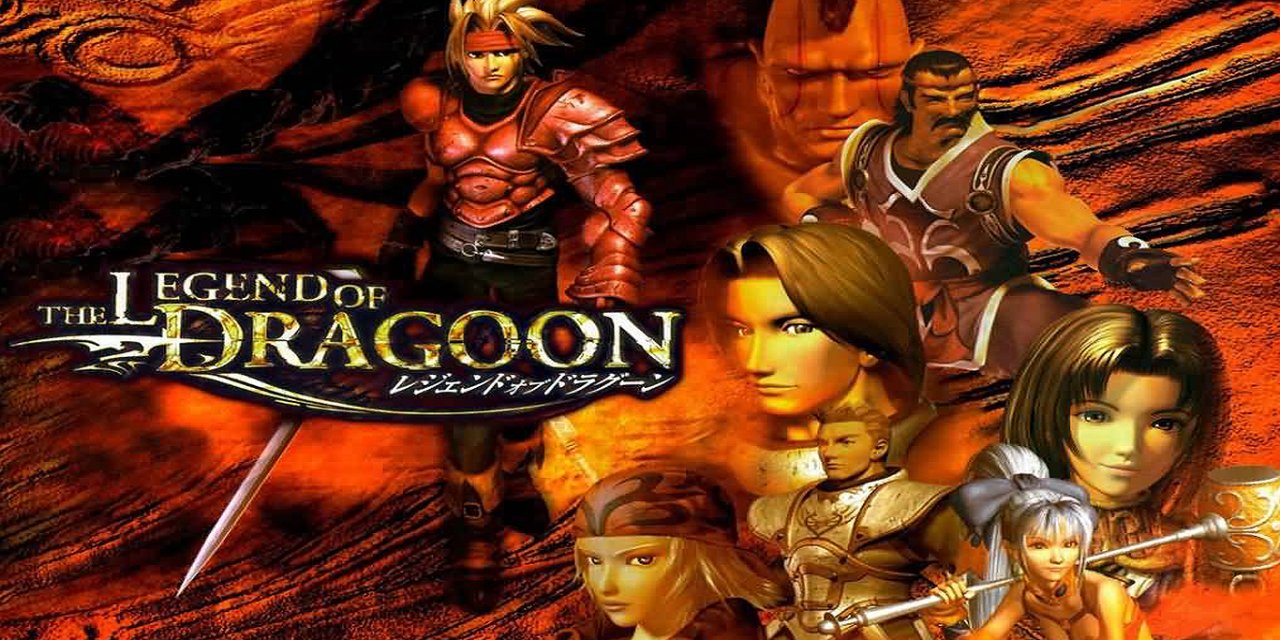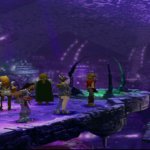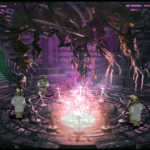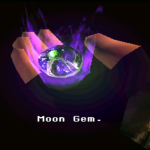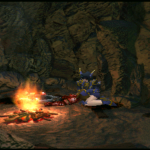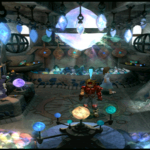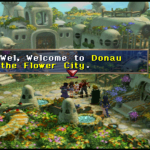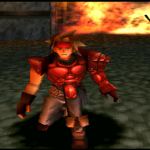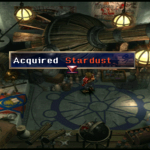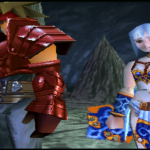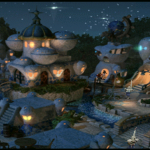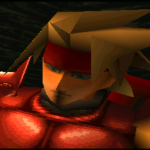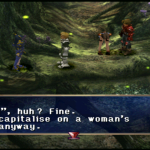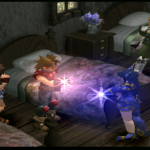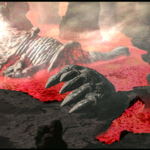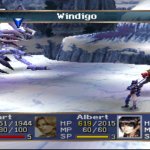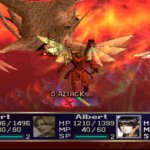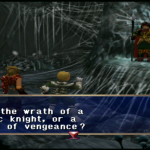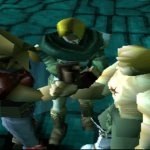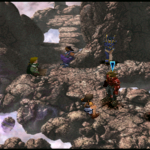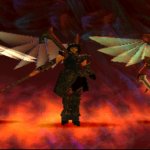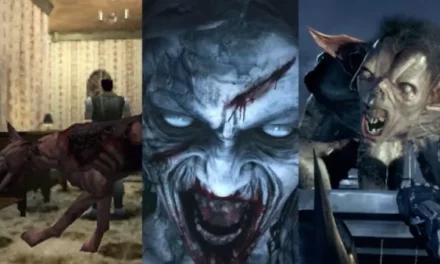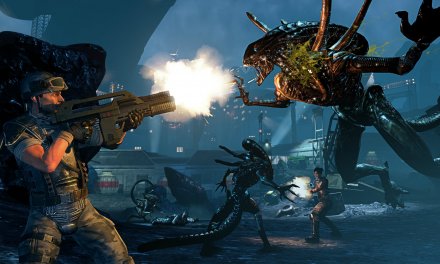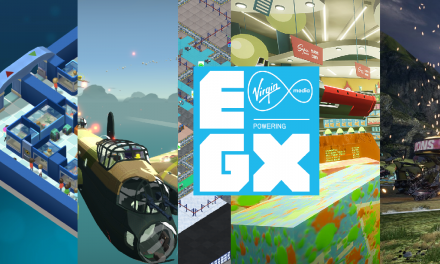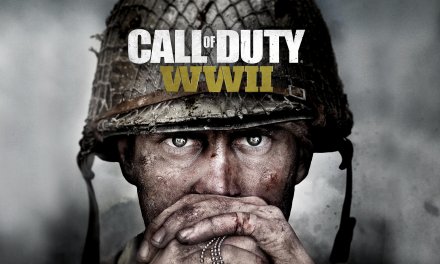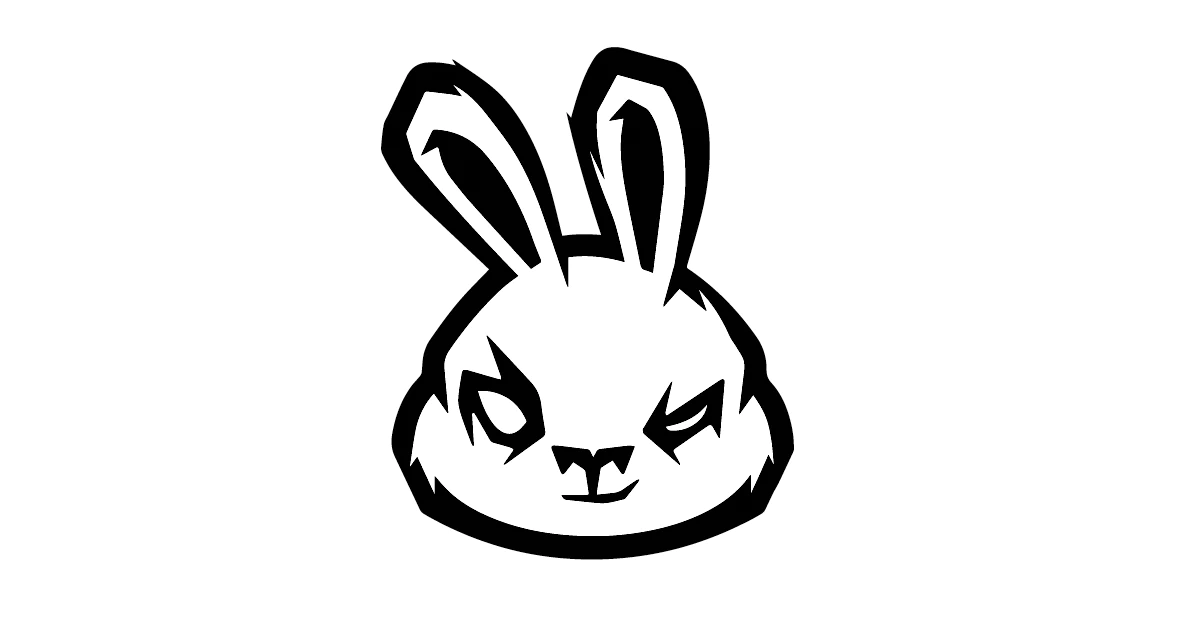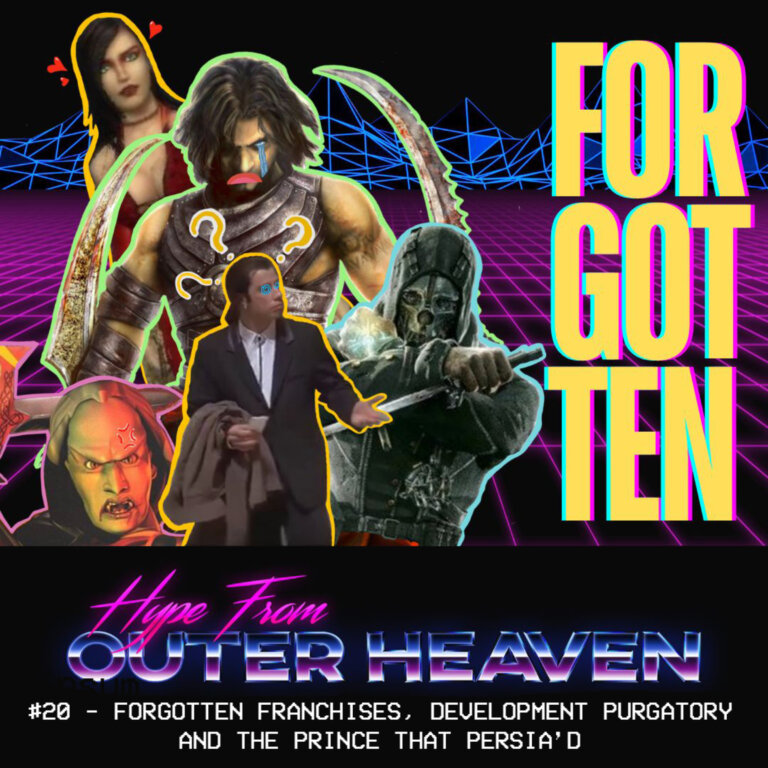“When the clash of swords echo, the journey chasing the past ends and the journey to know today begins. One soul seeks another and pledges their sworn friendship to another. One mystery begets the next and the doors of fate are opened. You are free to sever the chains of fate that bind you…”
Being one of the few J-RPG’s to go up against the mighty Final Fantasy series, The Legend of Dragoon was a bit of a mixed bag when it launched in 1999. Known for mixing up the turn-based combat formula, the title has generated a near colossal cult following over the years, with many left wondering as to why Sony have allowed one of their earliest IP’s to fall into the realms of obscurity, with nary a mention of a reboot, sequel or remaster in sight. Recently I went back to The Legend of Dragoon and sunk another 50+ hours into it, and as such over the course of this article I’ll be going over what made the classic RPG tick, it’s cancelled sequel, as well as the likelihood of Sony reviving the long forgotten franchise.
Very few games could dream of coming close the legendary status that surrounds 1997’s Final Fantasy VII. Known for its moniker as the video game that popularised J-RPG’s worldwide, the game has very much been a fan favourite of the series (and the genre) for many years, leaving some developers to potentially shy away from trying to dethrone it with other titles of a similar ilk. I didn’t find myself getting caught up in the J-RPG hype until a few years after the release of Final Fantasy VII, as the genre was one that I couldn’t be further away from in terms of general interests (the fascination with horror movies sprouted deep roots early on). It eventually hit me in the form of a demo disc (issue number #89) that accompanied the October issue of the Official PlayStation Magazine (R.I.P.) in 2002; the aforementioned disc contained a small stage from a game that I had never heard of before called The Legend of Dragoon, which after playing the likes of Resident Evil and Blood Omen: Legacy of Kain during my formative years, felt quite alien in terms of its core mechanics and subject matter. It wasn’t long before I was sucked in hook, line and sinker (being my first foray into turn-based RPG’s) and found myself completely enthralled with the change of pace that the turn-based system offered, not to mention the intriguing narrative. The amazement was short lived however, as I soon found myself hung out to dry by the time the demo had eventually ended. I was adamant that I wanted this game, and as a result must have cleaned my old man’s Ford Mondeo numerous times before I could actually afford to buy it; I eventually managed to pick up a copy in late 2003, and to this day The Legend of Dragoon remains as one of my favourite PlayStation games of all time.
Favouritism aside, The Legend of Dragoon was a bit of a mixed anomaly when it initially released in 1999; as a big budget ($16 million) Japanese RPG, the game was seen by many as nothing more than a generic Final Fantasy VII cast-off, based on how similar the two were in terms of their core gameplay. However, the game managed to generate a substantial cult following over the years after its release with many holding the opinion that The Legend of Dragoon surpassed Final Fantasy VII in many different ways, with aspects such as avoidable random battles (Charm Potions for the win) as well as a combat system that actually requires a certain level of skill to be executed perfectly. Overall the title was generally well received critically, being praised for the depth of its narrative, as well as the complex motivations behind the game’s colourful (literally) cast of characters. Criticism was aimed primarily at the western port (2000 for North America, 2001 for Europe) of the game, primarily at Sony’s dodgy localisation of the game’s voice acting (which is comparable to Resident Evil 1 with how laughably bad it is at times). Other criticism was more mixed, being directed at the game’s combat system; titled Additions, the system replaced the more traditional ‘point & attack’ combat found in other turn-based RPG’s opting instead for a more focused, chain-attack that rewards precision with effective DPS output, allowing you to put together some pretty spectacular attacks (just ignore the shout outs at the end of the chain). Some felt that the system required too much precision, others felt that it added a layer of depth to the somewhat rigid and unchangeable turn-based system found in many other J-RPG’s; mixed opinions aside, the Addition system is what truly sets The Legend of Dragoon apart from its peers, boasting one of the more original and progressive combat systems to come out of a J-RPG to date.
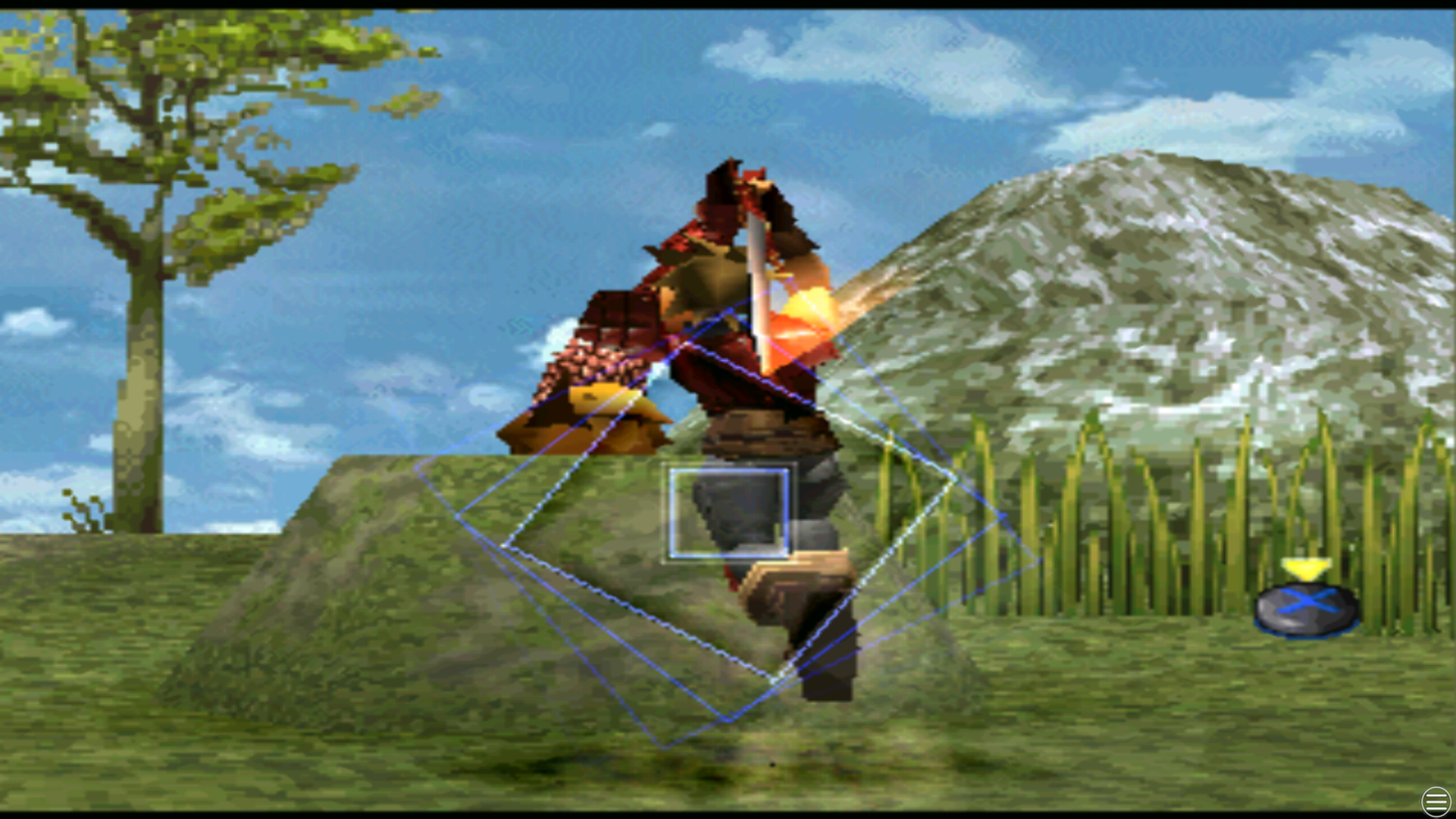
Risk vs. Reward: The Legend of Dragoon’s Addition system requires a high level of precision that garnered mixed criticism when the game launched in 1999.
While The Legend of Dragoon is a J-RPG in every literal sense of the word, the game takes many visual cues from its western cousins. Featuring knights in armor, dragons as well as warring kingdoms, the game appears closer to the likes of The Lord of The Rings than anything to come out of Japan in the last twenty years (Yasayuke Hasebe must have been a closet Hobbit fan). The game takes place in the continent of Endiness, set in the backdrop of a boiling conflict between the countries of Imperial Sandora and the Kingdom of Basil. The game places you in the boots of Dart Feld, a red-armoured mercenary on a dark quest of revenge against a creature known as The Black Monster who burned his home town (called Neet) to the ground eighteen years ago. Dart returns to his (later) home town of Seles, only to find it burnt to the ground by Imperial Sandora, as well as the news that his childhood friend: Shana has been kidnapped by the same agents of destruction. Dart eventually rescues Shana from Hellena prison, and both make their escape alongside a knight of Basil called Lavitz. Their escape sets the party (alongside numerous other characters) down a path to change the very fate of the world, growing together, as well as learning their true nature as Dragoons; warriors who hold the elemental spirits of dragons that were once used in a continent spanning conflict called the Dragon Campaign which took place 11,000 years ago.
To say that the narrative found in The Legend of Dragoon is as complex as it is lengthy would be a colossal understatement. There is a strong level of narrative cohesion to be found within the 50+ hour long story, dealing with difficult and complex themes such as religion and racism with the overarching theme being about recognizing and accepting change, as well as moving on from traumatic events that haunt many of the game’s characters. Alongside the strong narrative, are the excellent cast of characters who all undergo significant character development over the course of the game’s 4 discs. By far the most interesting character in the game is Rose, who is arguably the best written and most tortured of the entire party, going through numerous changes and revelations that makes the rest of the characters pale in comparison (it just so happens she’s an absolute beast in combat too). The only time where the story can get a tad convoluted are sections that are best described as filler, and while they’re not bad by any means and actually serve to flesh out the continent of Endiness, they add very little to the overarching narrative of the game. Overall The Legend of Dragoon presents an emotionally charged story, that is steeped heavily within the typical J-RPG tropes that absolutely swamp the genre, only in this case they work extremely well (albeit losing itself somewhat in the fourth chapter).The level of quality present in the game’s writing also crosses over into the games production, with its rock/fantasy soundtrack featuring some of the most intense battle music I’ve ever heard in a game to date which, to the composer’s credit (R.I.P. Takeo Miratsu) genuinely gets you pumped up for a fight. The OST, FMVs (even though the lip-syncing is horribly off) and visuals all work together to give The Legend of Dragoon it’s own unique atmosphere, being the sole reason why the game has become such a cult hit over the years.
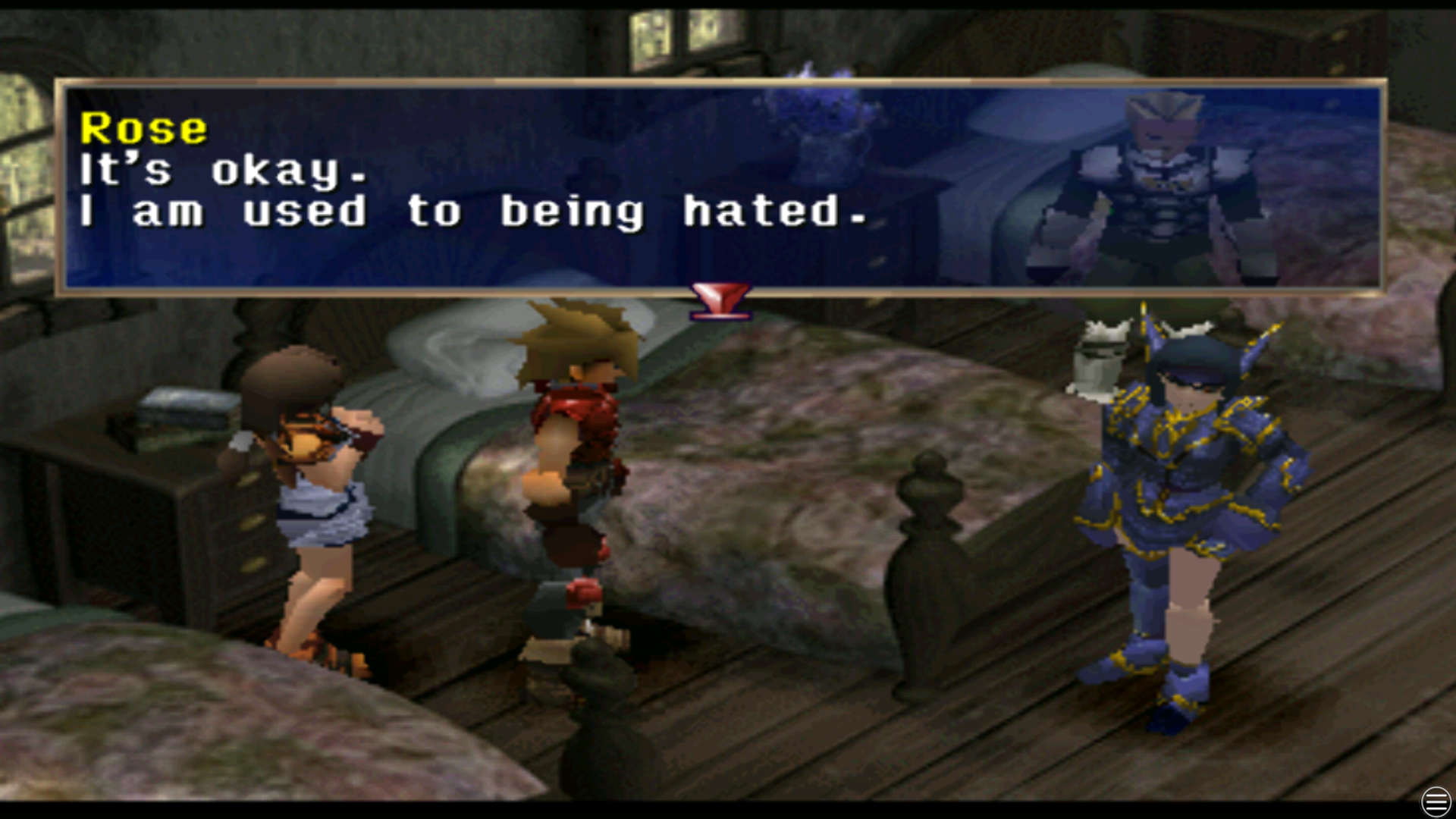
Right in the feels: Rose is arguably The Legend of Dragoon’s best written character (totally not a personal favourite) undergoing a significant character arc over the course of the 50+ hour story.
While The Legend of Dragoon was generally well received, it’s sales could be attributed as to why it’s fallen into obscurity over the years. As of December 2007, The Legend of Dragoon has sold over 280,000 copies domestically in Japan as well as 960,000 in North America, and when compared to Final Fantasy VII’s 11,000,000 global sales (retail and digital re-releases) as of August 2015, it’s clear to see why Sony isn’t racing to revive the long forgotten title, hardcore fan outcry be damned (I’ve lost track of the amount of petitions I’ve signed). The game’s release also came at a unfortunate point in time, releasing in Japan only 4 months before the launch of the PlayStation 2 (with the marketing campaign and fan hype already in full swing) with the localised port not hitting the NA/EU shelves until 2000/2001. Like many games/media I’ve covered in my In Memoriam series, The Legend of Dragoon could be forgiven for releasing at the wrong point in time, possibly being better received had it released a few years prior; regardless the game has endured, at least with its hardcore fan base with many of them (myself included) praying to every deity known to man that a sequel would eventually be announced.
Unfortunately, that day would never come, with the news coming from the game’s producer Shuhei Yoshida (now the President of SCE Worldwide Studios) on a PlayStation Blog post dated 11th April 2012 stating that “LOD2 was put into preproduction” after he left SCE Japan Studio, and was eventually cancelled for “some unknown reason” with the team members being moved onto different projects, further adding that “some people still work in the Japan Studio, so we talk about the memories of developing LOD when we see each other at company functions.” meaning that the passion surrounding the game extends far beyond its hardcore fan base, but with the developers themselves as well, which leaves us with some degree of hope that we may get something in the future. Unfortunately there has been no news since, with the only further nod to the game from Sony being the inclusion of Dart Feld as a downloadable character for 2012’s PlayStation All-Stars Battle Royale which was eventually dropped due to poor sales of previous downloadable content.
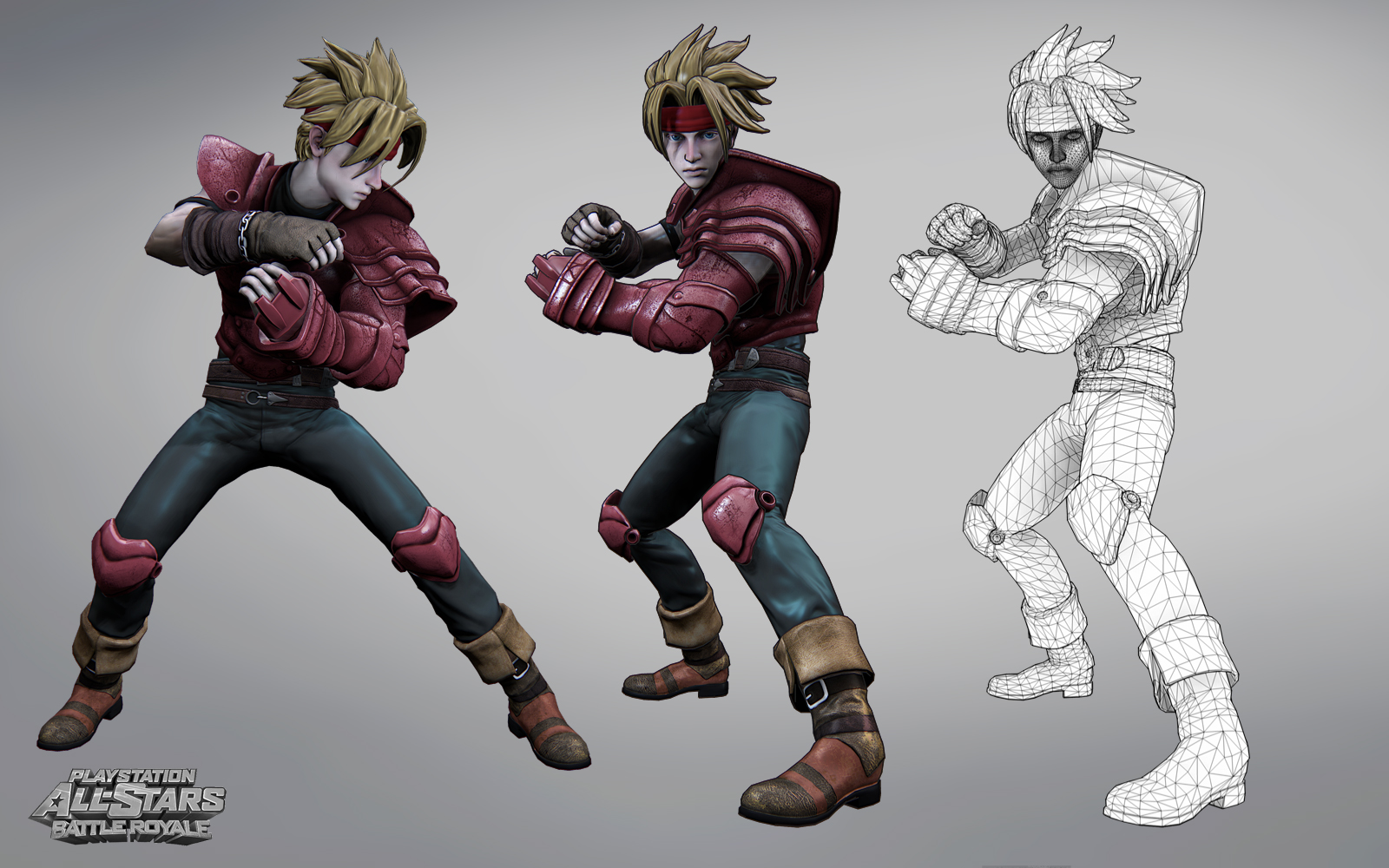
Gone, but not forgotten: Dart Feld would have been a downloadable character in 2012’s PlayStation All-Stars Battle Royale, had the game’s previous DLCs sold better.
The only glimmer of hope that fans of The Legend of Dragoon have to cling to, is a rumour that began to circle the internet in late 2013 that Sony’s Japan Studio was working on a AAA J-RPG for the PlayStation 4, unfortunately there has been no new news of it’s development, or whether the game is tied to an existing franchise or a completely new IP of it’s own. More recently there has been some interesting news from a panel in August 2017 at the National Entertainment Festival in Gifu, Japan where the man himself: Shuhei Yoshida as well as Asia President Atsushi Morita were asked whether Sony would ever release an RPG dedicated to Japanese audiences. A response was given and reported via an article from Dualshockers (initially reported by Japanese VR site Panora) which stated that “We hear that Sony has received many requests from veteran fans – not limited to Arc the Lad and Wild Arms – for the resurrection of SIE Japan Studio’s titles focused on the Japanese audience, especially a few JRPG franchises. Yet, in Recent years, due to the soaring of development costs, investment has been mainly focused on titles which could be hits on a global scale. That being said, recently Japanese studios’ games developed for Japanese gamers have received high praise overseas. This is leading Sony to begin considering whether it could be profitable for its Worldwide Studios to make that kind of game again.” Does this mean that SIE Japan Studio are currently developing The Legend of Dragoon 2? Hardly, but it does mean that Sony is at least interested in the idea of returning to it’s first party J-RPG’s, which is the best chance we’ve had at a sequel to The Legend of Dragoon for a long while. In the meantime however, anyone fancy going on a Stardust hunt?
Screenshot Gallery

